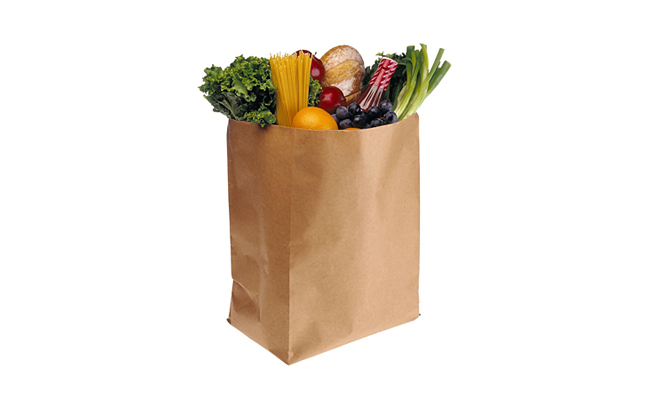Great Moments in Packaging: No 6 – Block bottom bags

It’s amazing how you can find an interesting story behind the most everyday objects. Take brown paper bags, for example – you can go with which ever type you think of first, the flat, envelope-type paper bag or the gusseted block bottom bag, because this story is about how we got from one to the other.
The hero of the story is Margaret Ethridge Knight, who was born in York, Maine, in the United States in 1838. While working in a textile mill at the age of 12, she witnessed a serious accident and was inspired to make a device that would stop the machines when something got caught; her first invention was in use in the mills before she became a teenager and it became a standard fitting on looms.
Soon after the American Civil War (1861-65), Margaret took a job at the Columbia Paper Bag Company in Springfield, Massachussets, where they made envelope bags. While working in the factory, she got to thinking about how much easier it would be to pack groceries in a bag with a flat bottom, which would stand up on its own.
Knight shifts
During the day Margaret studied the machines at work, and in the evening she would return to the boarding house where she lived to make drawings, plans and even wooden models for a machine that would automatically cut, fold and glue the bags she had in mind.
When she thought she was ready to apply for a patent, she arranged for a working metal version to be made in a tool shop in Boston. At this point, a villain enters our story in the shape of Charles Annan, a worker at the tool shop. After spying on the person making Margaret’s prototype, Annan stole the idea and patented his own – identical – version. Margaret took him to court (at considerable personal expense), where Annan’s sole defence seemed to be that a mere woman could never have come up with anything so clever!
Thankfully, Margaret’s extensive evidence – in the shape of her drawings and models – won the day and in 1871, she was awarded her patent. You can see her drawings and description of her invention here. The patent model she had made is now on display at the Smithsonian Institute in Washington.
In the wake of her victory, Margaret set up the Eastern Paper Bag Company and block bottom brown paper bags became a fixture at grocery stores across the world. It was estimated that her machine replaced the work of 30 people; department stores such as Macy’s were particularly impressed with how much quicker it made wrapping customers’ purchases than having to tie a parcel with paper and twine.
Over the course of her life, Margaret was granted over 20 more patents, including ones for a window frame and sash, a sole-cutting machine for shoemaking and an automatic boring tool. But her greatest invention by far was the paper bag machine, versions of which were still in use at the end of the 20th century.
Margaret Knight died in 1914.
Dave Smith
Latest posts by Dave Smith (see all)
- An environmental guide to plastic carrier bags - 22nd June 2015
- Millimetres and litres: a guide to choosing the right sized box - 11th June 2015
- The Davpack Christmas Sale – There’s More! - 12th November 2014
